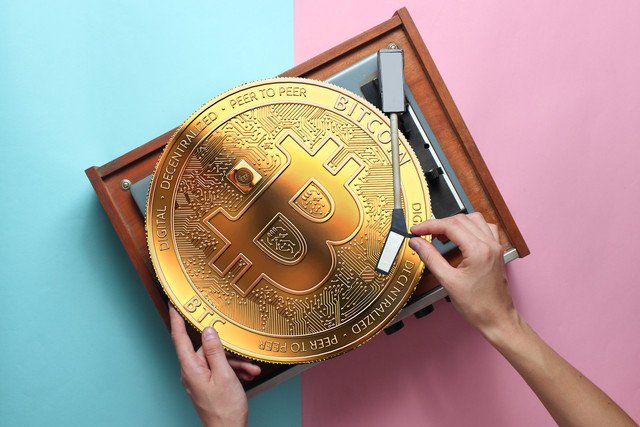What is an NFT? Behind the boom in digital collectibles
NFTs (non-fungible tokens) are a type of digital asset designed to be unique and unrepeatable in the way that can occur with a work of art, with a stamp, or with a vinyl record. A digital file (image, text, audio) can be replicated hundreds of thousands of times, but what is distinctive and revolutionary about an NFT market protocol is that it allows the creation of unique digital assets and thus, capable of being collectible. "This is possible thanks to the development of Ethereum technology, which incorporates additional information to the file and permanently registers a digital seal or certificate that indicates that this is the original digital file.
In essence, a digital piece is a set of data. That is, there is no paint, no chemicals, no fabric or paper, but a file that stores information digitally. This means that you can make infinite copies of that file, indistinguishable from each other, and the piece does not lose quality. This happens with any text, image, audio or video file on the Internet.
The protocol behind the NFTs is revolutionary because it allows the creation, for the first time in history, unique digital assets and therefore collectibles. This is possible thanks to the development of Ethereum technology, which incorporates additional information to the file and permanently registers a "digital seal" or certificate indicating that this is the original digital file.
What are NFTs for?
One of the main benefits of a digital collectible versus a physical collectible is the ability to store historical property data on the Blockchain. This allows the original creator to be easily traced, allowing pieces to be authenticated without the need for external verification.
Unlike other types of crypto assets such as Bitcoin, NFTs cannot be directly traded with each other. This is because no two files are identical, even those that exist on the same platform or collection.
Another characteristic of NFTs is that they are indivisible. They cannot be broken down into smaller denominations like most cryptocurrencies. They exist exclusively as a single and complete article.
Lastly, NFTs are indestructible. Because all NFT data is stored on the Blockchain (primarily on the Ethereum network), each token cannot be destroyed, deleted, or replicated. The ownership of these tokens is also immutable, which means that it is the collectors who own their NFTs and not the companies that develop their technology or any company that markets them.
Why are they trending?
NFTs have been around for a couple of years. In fact, in 2017 the Ethereum network was congested by the huge demand for CryptoKitties, one of the pioneering games in the use of these tokens, which offers collectible digital kittens.
Over time, they became increasingly popular with cryptocurrency users and also with digital artists, gamers, musicians, and collectors. NFTs allow you to have absolute ownership of digital assets of a game or a project, as well as to earn money with them through the valuation of the pieces and the subsequent resale.
For top artists, being able to sell artwork digitally directly to a global audience of buyers without relying on intermediaries allows them to keep a larger share of the profits they make from the sales of their works.
